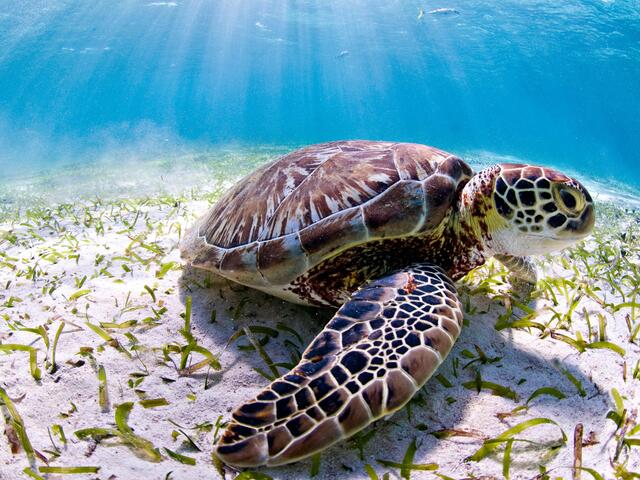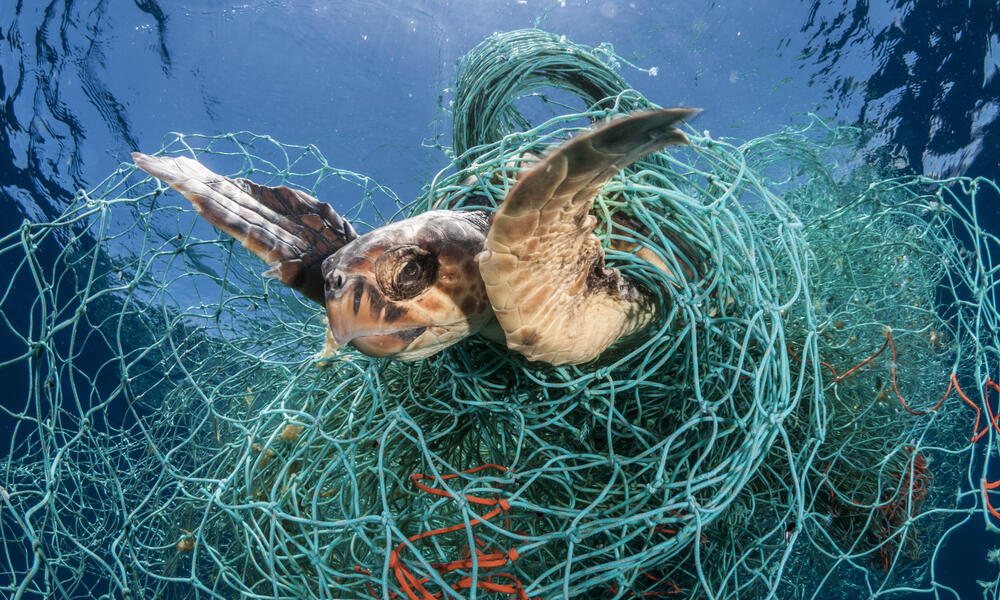Loggerhead turtles are classified as an endangered species due to declining population numbers and threats to their habitats. These turtles face numerous challenges, including pollution, climate change, fishing activities, and habitat destruction.
Efforts are being made worldwide to protect and conserve these magnificent creatures. Loggerhead turtles are of significant ecological importance as they contribute to healthy marine ecosystems and play a vital role in balancing marine populations. Understanding the threats they face and implementing conservation strategies are crucial for the long-term survival of loggerhead turtles.
We will explore the status of loggerhead turtles, the factors affecting their populations, and the conservation efforts in place to protect them.

Credit: www.fisheries.noaa.gov
Overview Of Loggerhead Turtles
Loggerhead turtles, a species of sea turtle, are considered to be endangered due to various factors including habitat loss, pollution, and fishing activities. Their vulnerable status calls for efforts to protect and conserve these fascinating creatures for future generations.
Physical Characteristics
Loggerhead turtles are known for their impressive size, with adults reaching an average length of 3 feet and weighing up to 350 pounds. They have a reddish-brown shell lined with powerful, hardened scales that offer protection. These reptiles are distinguishable by their large heads, which feature a strong jaw structure. Their eyes have a yellow tinge, and they have a sharp, hooked beak-like mouth.
Habitat And Distribution
Loggerhead turtles have a broad distribution and can be found in the Atlantic, Pacific and Indian Oceans, as well as the Mediterranean Sea. Coastal areas are often their favored nesting sites, with sandy beaches being ideal for the female turtles to lay their eggs. They migrate over long distances, often returning to the same beach where they hatched to breed.
Diet And Behavior
The diet of a loggerhead turtle consists primarily of seafloor invertebrates, such as crabs, clams, and jellyfish. They have powerful jaws to crush the shells of their prey. These turtles are also known to eat seagrass and algae. They reside mostly in warm, shallow waters, where they spend a significant amount of time basking in the sun.

Credit: www.fisheries.noaa.gov
Conservation Status Of Loggerhead Turtles
Loggerhead turtles (Caretta caretta) are considered endangered according to numerous conservation organizations and governmental bodies. The International Union for Conservation of Nature (IUCN) has listed them as endangered on their Red List of Threatened Species. This status signifies the critical risk they face in terms of population decline.
The decline in loggerhead turtle populations is primarily due to a range of threats. These include habitat degradation caused by coastal development, pollution from plastic debris and oil spills, bycatch in commercial fishing gear, and climate change. Additionally, their nesting habitats are under pressure from human activities, such as pollution and coastal development.
Efforts to protect loggerhead turtles and their habitats are crucial to their survival. Various conservation initiatives have been implemented worldwide. These include the establishment of protected areas for nesting sites, the implementation of bycatch reduction measures in fisheries, and the promotion of public awareness campaigns to educate communities about the importance of conservation.
| Listing as endangered |
|---|
| Loggerhead turtles have been included in the endangered category on the IUCN’s Red List of Threatened Species. |
| Threats to their survival |
|---|
| – Habitat degradation due to coastal development – Pollution from plastic debris and oil spills – Bycatch in commercial fishing gear – Climate change |
| Conservation efforts |
|---|
| – Establishment of protected areas for nesting sites – Implementation of bycatch reduction measures in fisheries – Public awareness campaigns |

Credit: www.worldwildlife.org
Conclusion
Loggerhead turtles are indeed endangered, with their numbers rapidly declining due to various threats such as habitat loss and pollution. Efforts must be made to raise awareness about the importance of protecting these majestic creatures and their ecosystems. Preserving their nesting grounds, implementing stricter fishing regulations, and reducing plastic pollution are crucial steps in ensuring the survival of loggerhead turtles for future generations to appreciate and enjoy.
Together, we can make a difference in the conservation of these remarkable marine species.





Leave a Reply